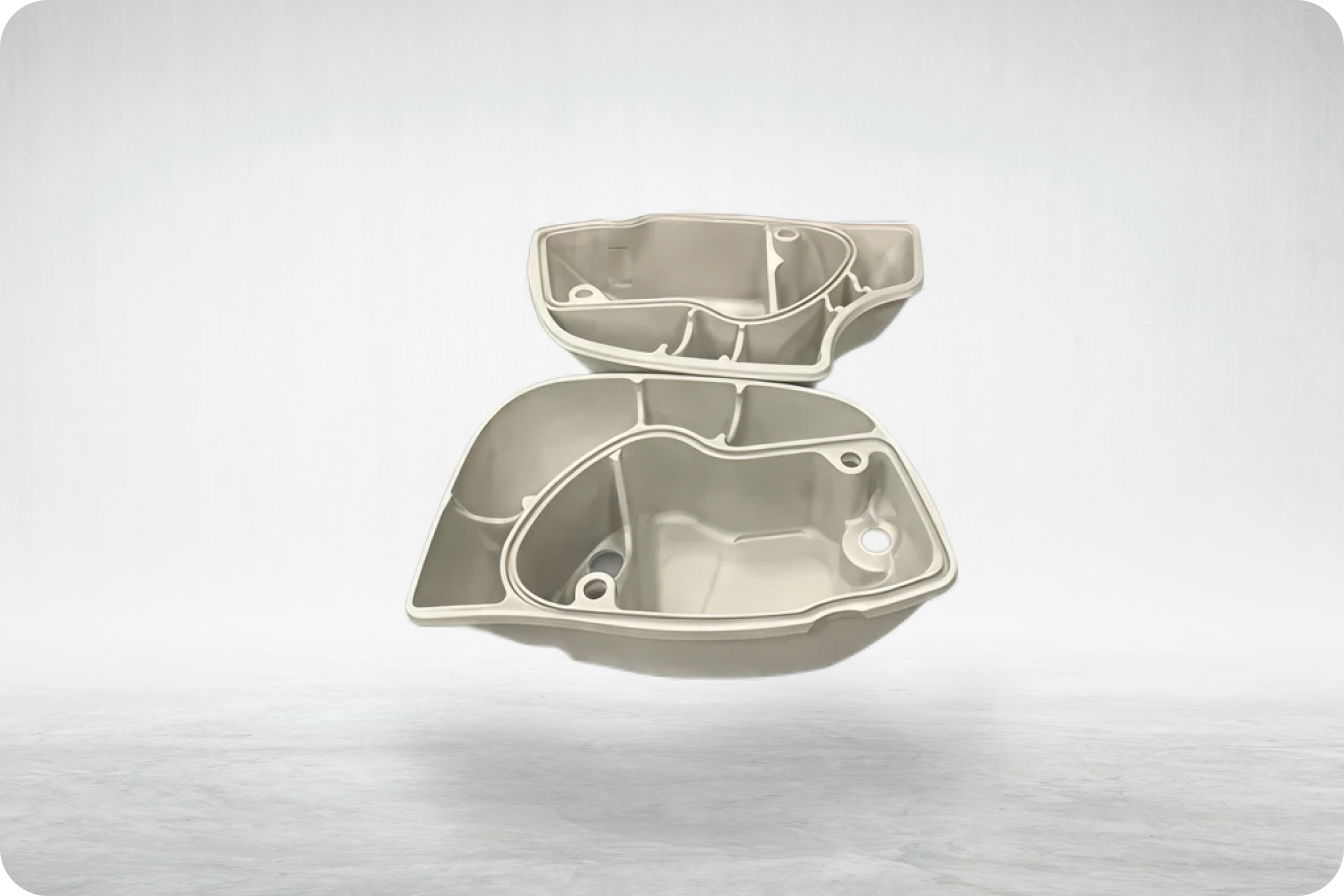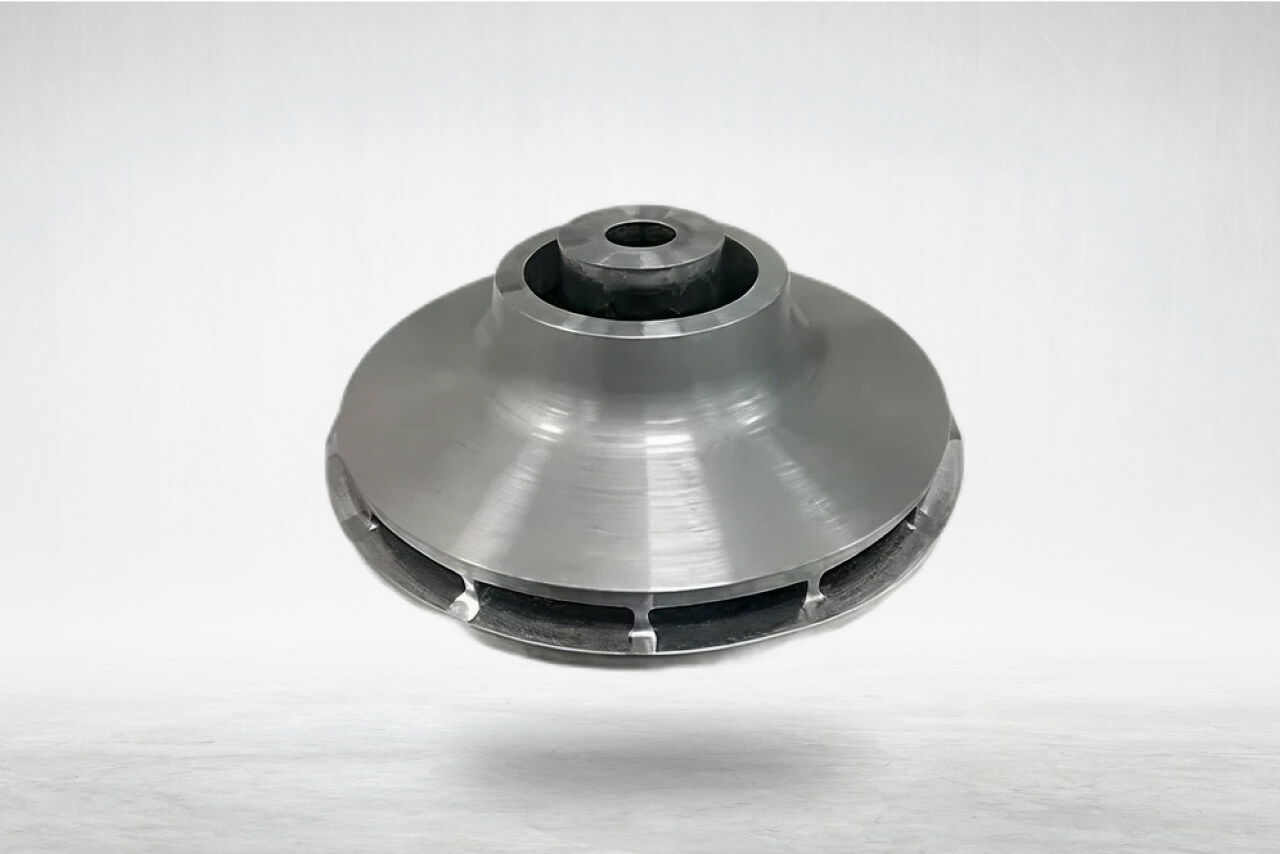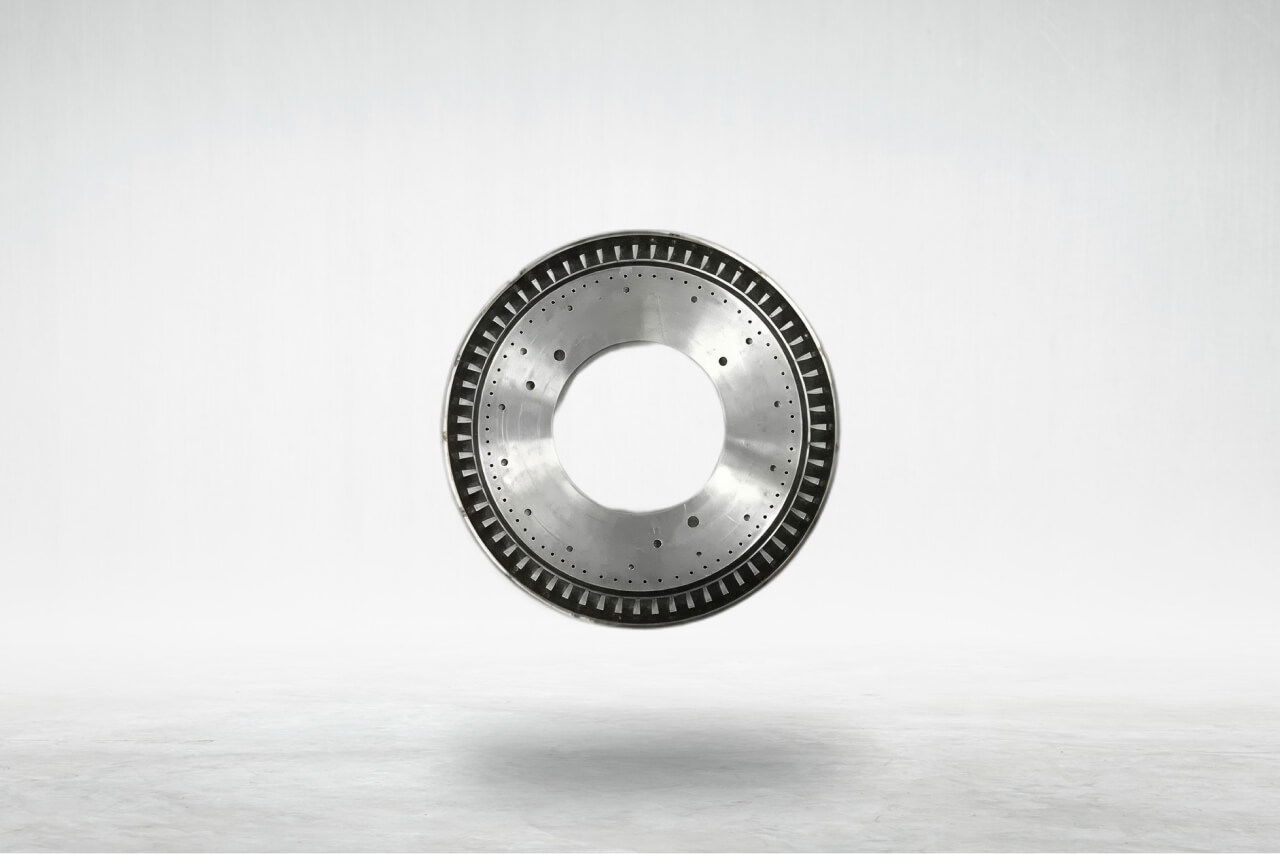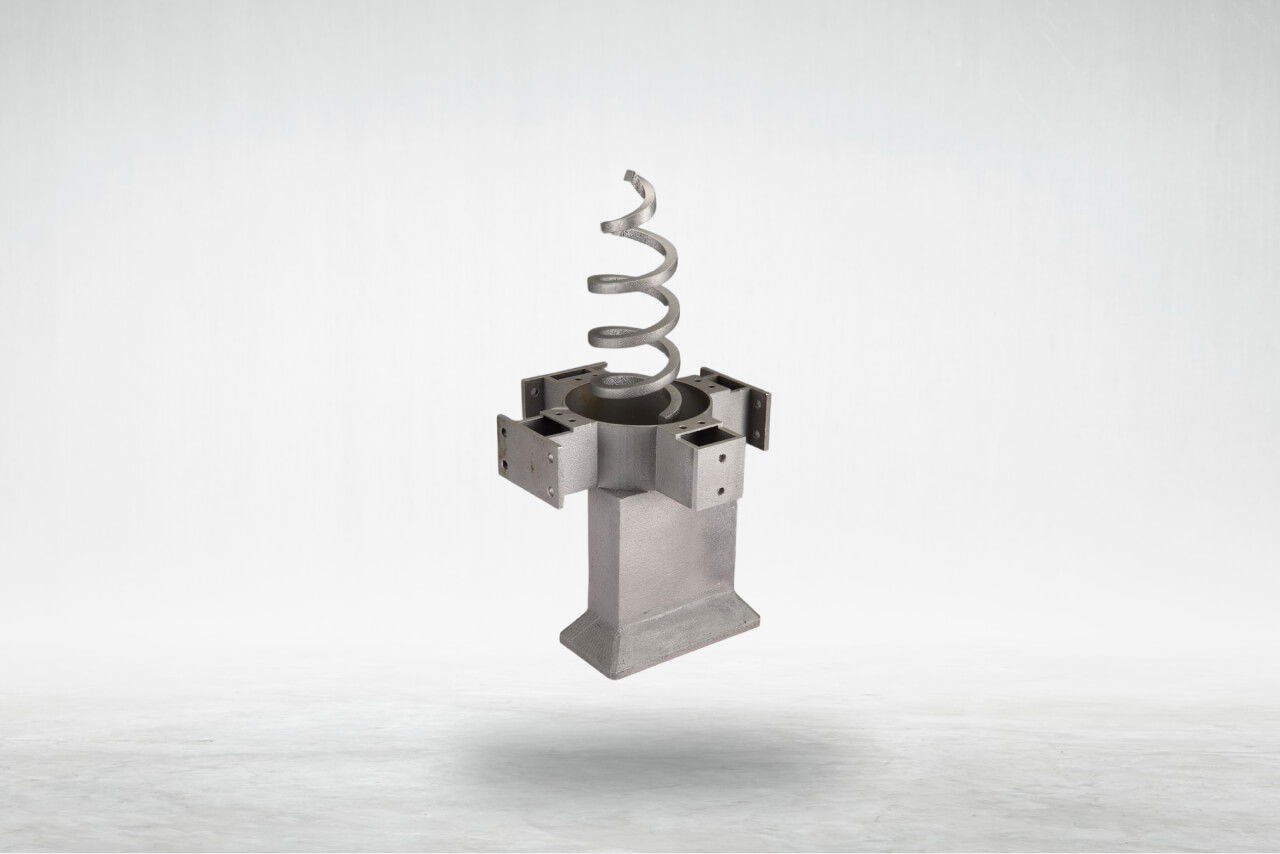Exhaust & Inlet
Rocker Covers
They are part of a thermal management system…

CATEGORY
Automotive
MATERIAL
Maraging Steel
In the highly competitive auto industry, speed to market, high strength to weight ratios, fuel efficiency are some of the few goals that constantly drive engineers and designers. New high-strength steels, along with composites and adhesives, are helping to reduce weight and increase strength in modern vehicles. Additive Manufacturing using metal alloys, has found interesting applications in tooling, jigs and fixtures, and design prototypes allowing companies to iterate rapidly and validate designs of components and subsystems. While metal Additive Manufacturing of co components at the production scale of automotive may be challenging, there are certainly emerging applications in the low volume, higher end of the industry including Formula 1 and military vehicles.
Additive Manufacturing allows optimizing the maximum strength with minimum weight and material (Topology Optimization) owing to the potential to handle complex geometries. "Monolithizing" sub-components or child parts into a monolith assembly reduces production time, improves functional performance. Typical applications of Metal AM in Automotive are weight optimized manifolds, turbine housings that form part of the current turbo powertrain ERS systems, water-wheel pumps , aluminum axle pivots. A leading name in industry has developed rocker arms and camshaft bearing caps using Metal Additive Manufacturing for its next generation truck engines.
About the Project

AM Competencies Used
Additive Design & Engineering
The first stage of realization lays grounds for topology optimization and sub-component reduction that will further strengthen the case for Metal AM th in Automotive industry.
Build Technology
The Covers were built with customized build parameters that resulted in a superior surface finish when compared to the output of conventional manufacturing techniques. Dimensional accuracy achieved resulted in highly reduced net shaping operations.

AM Value Addition

Time-to-realize
The entire set of components was turned around in a period of one week, with the requisite mechanical properties, tolerances and finish, allowing designers to rapidly move to the design validation and improvement stage.




